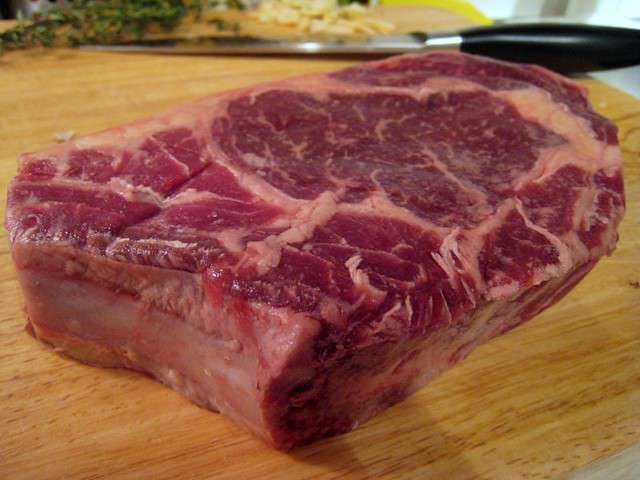
Friday night can’t arrive soon enough. With the reservation set at our favorite local steakhouse, my mouth is already watering at the thought of that flavorful and juicy cut of beef. Just thinking about it makes my taste buds happy, but what makes that restaurant steak taste so great? Superior establishments choose their beef based on quality ratings that are linked to tenderness and marbling, which is measured directly through spectral analysis. Spectrophotometers provide a spectral analysis of meat through reflectance values, which aids manufacturers in processing and packaging a product that meets consumer expectations, market price pressures, and standardized grading regulations.

Quality grading of meats provides an indication of tenderness and help to set the market price. Image source: Flickr user jeffreyw
Reflecting the price of quality
The dollar amount of meat depends entirely on the value of the cut, but both consumers and producers are often confused by what grading standards mean and how they are determined. These standards are developed by the USDA (United States Department of Agriculture) and are based solely on quality and composition. Spectral analysis is critical in determining categorization based on marbling (the amount and distribution of intramuscular fat) and reflectance value. Tender meat reflects more light than tougher cuts and can be measured using a spectrophotometer to determine light reflectance value. These measurements can then be used to help predict slice shear force values, creating more efficiency from processing to packaging.

Marbling is one of the major factors that influence USDA Quality Grade. Image source: Flickr user Krista


